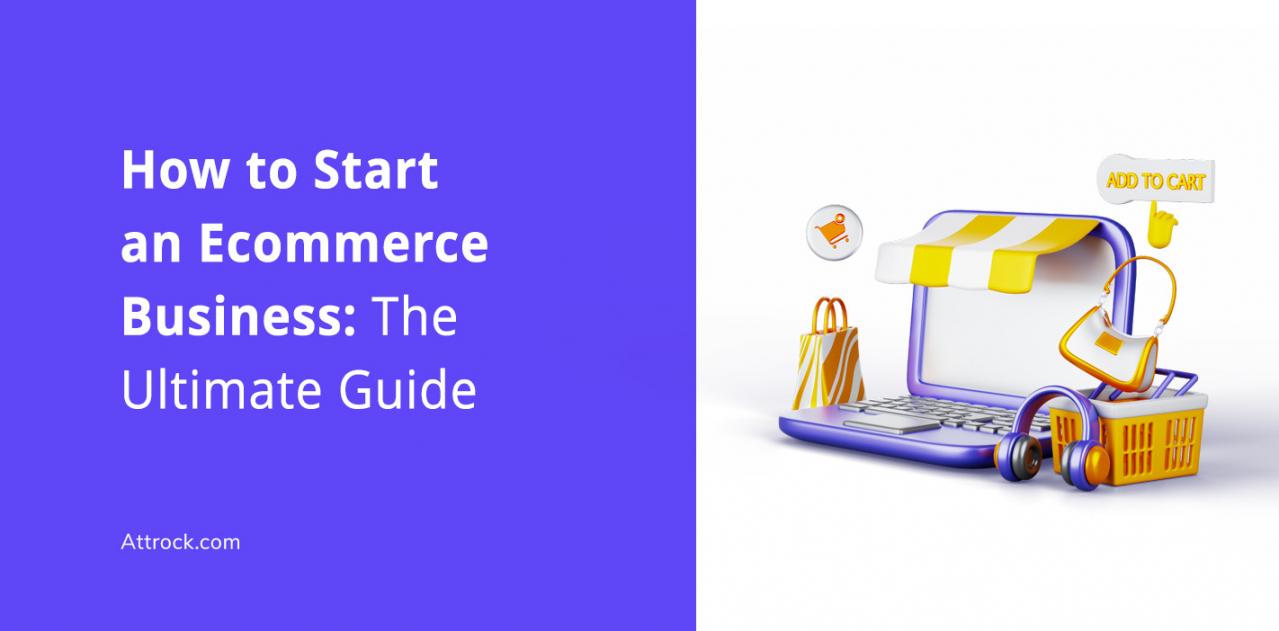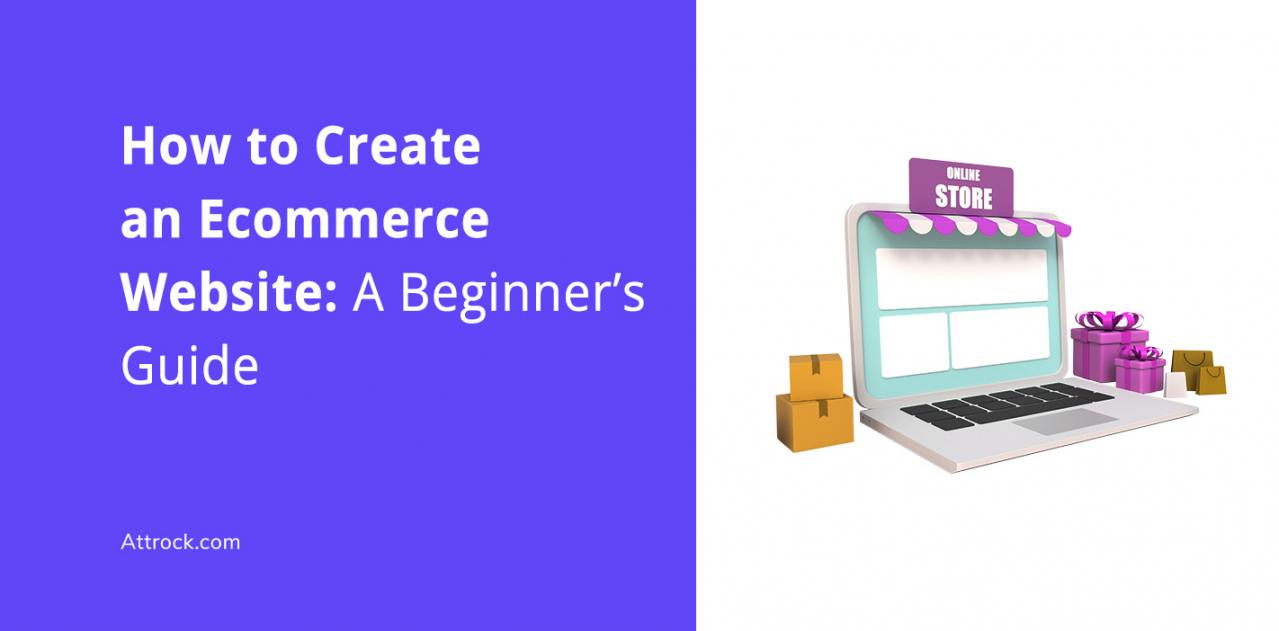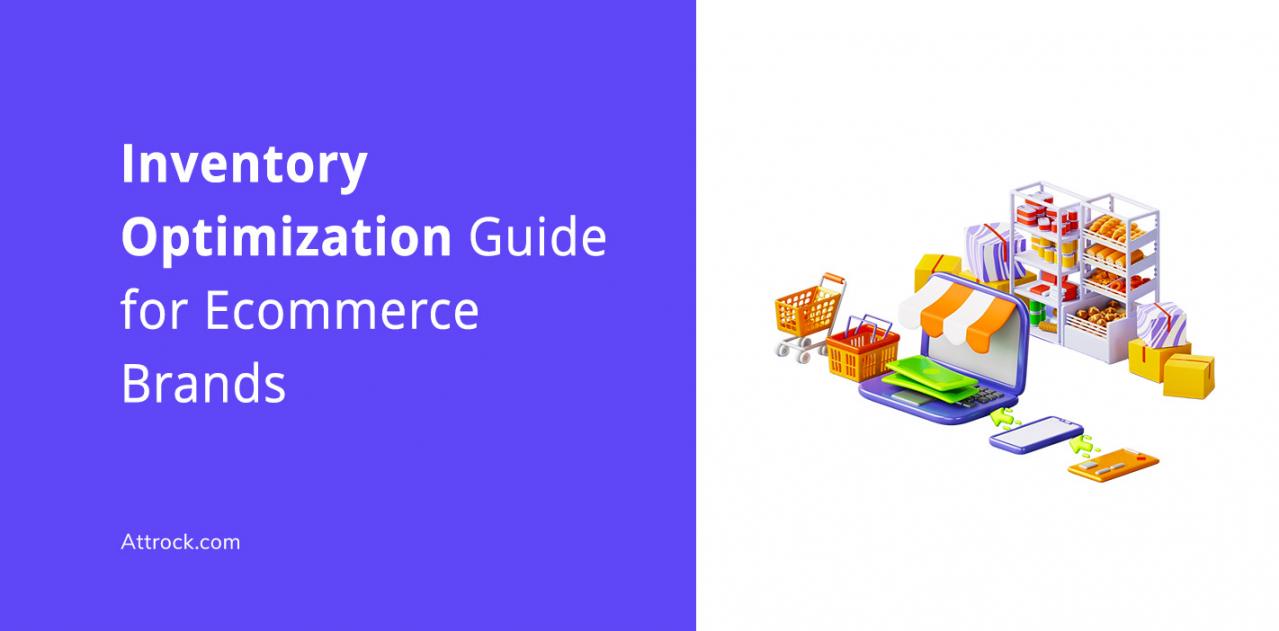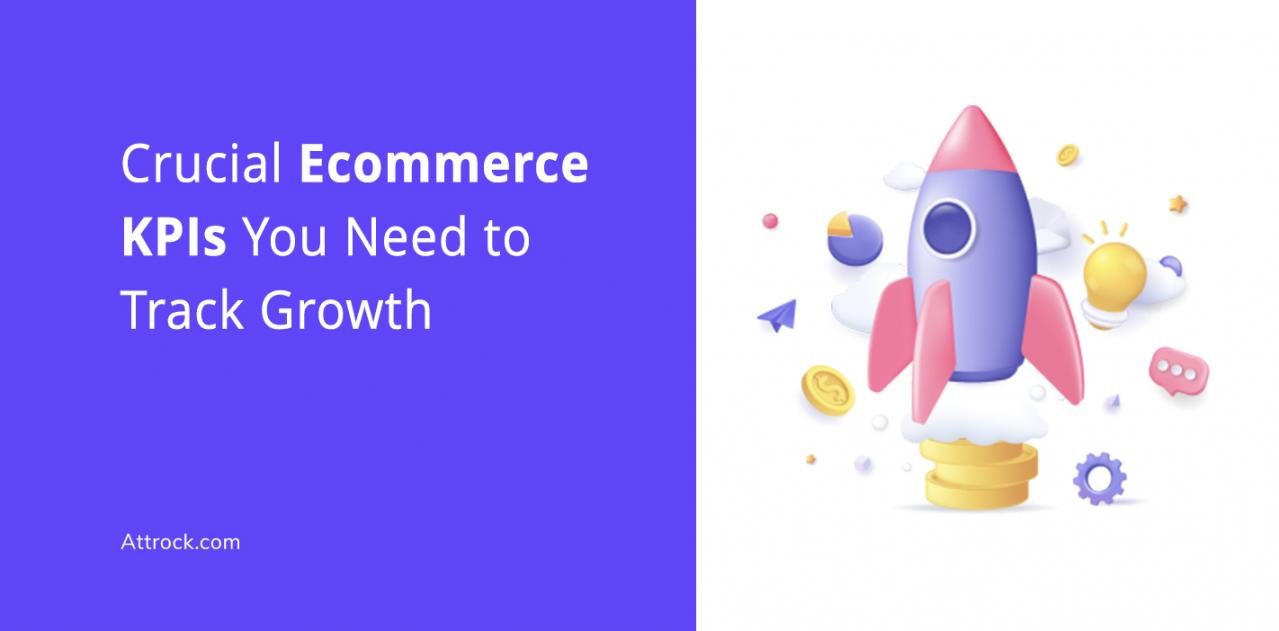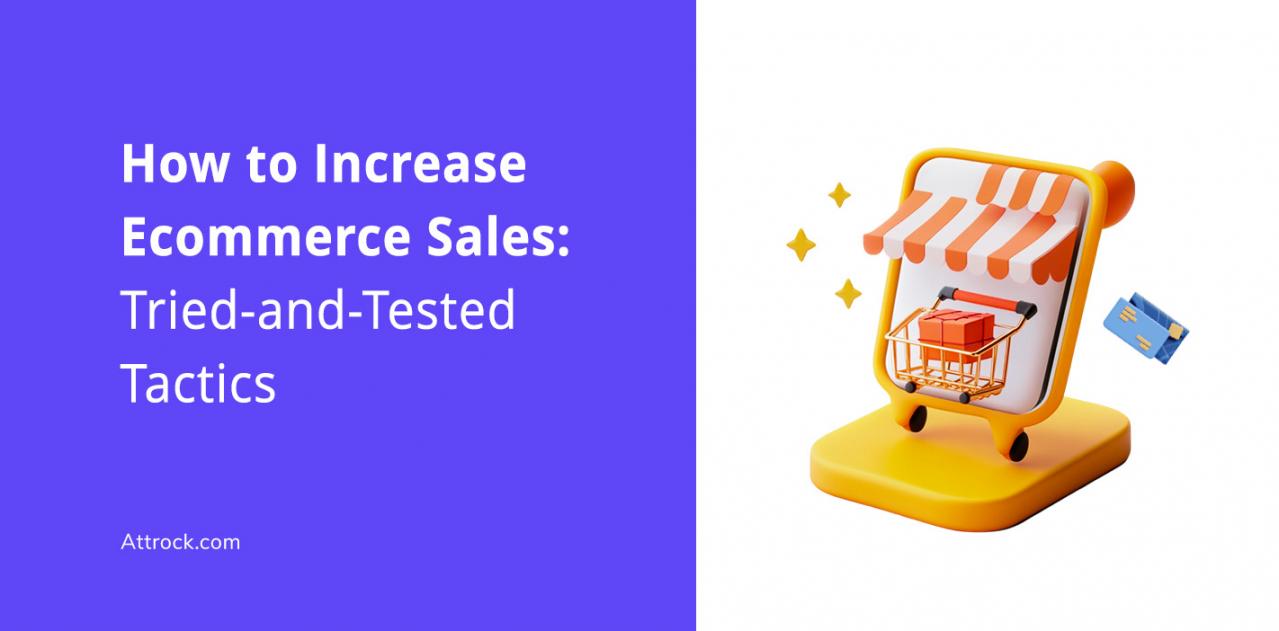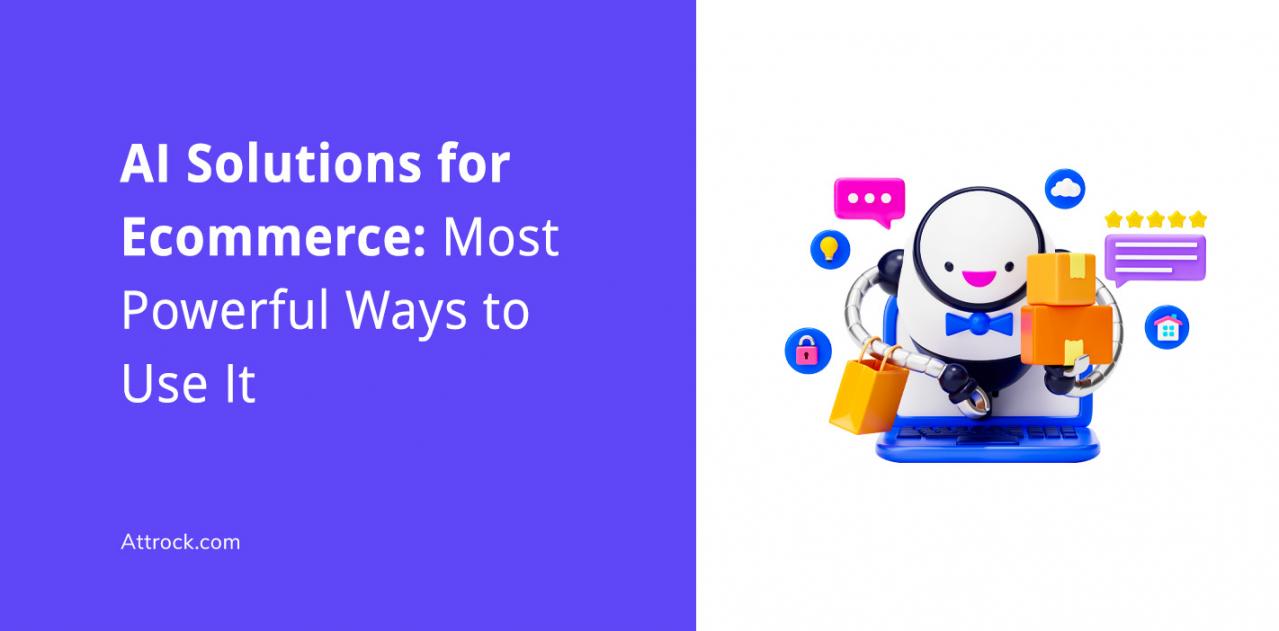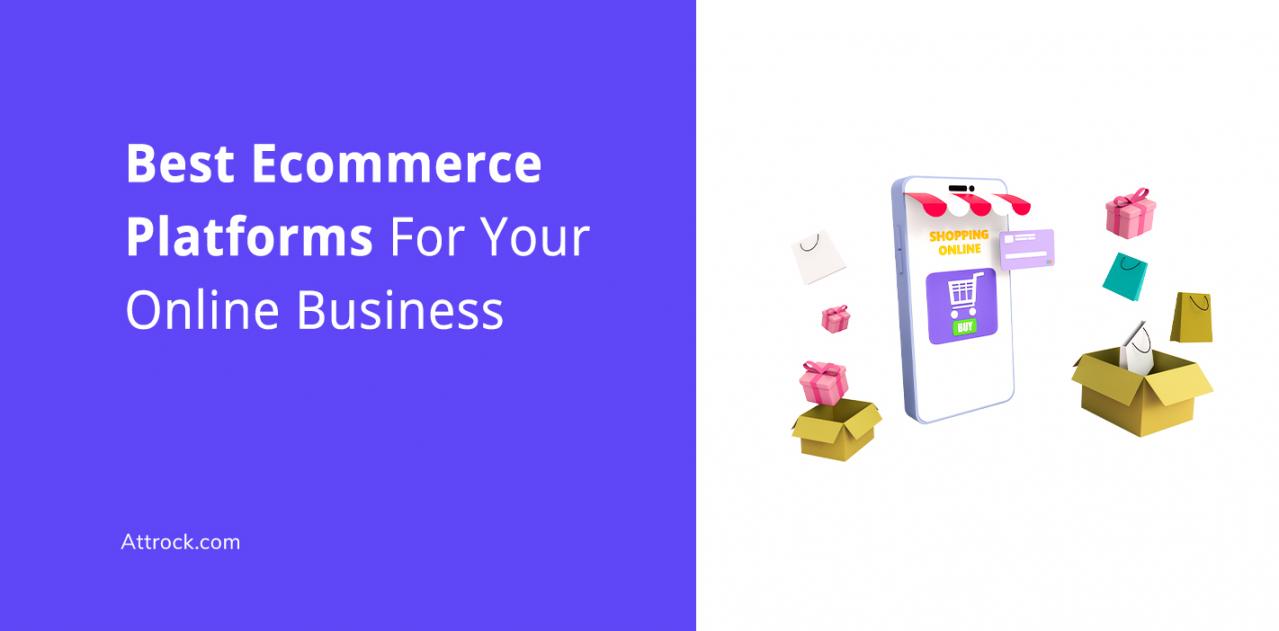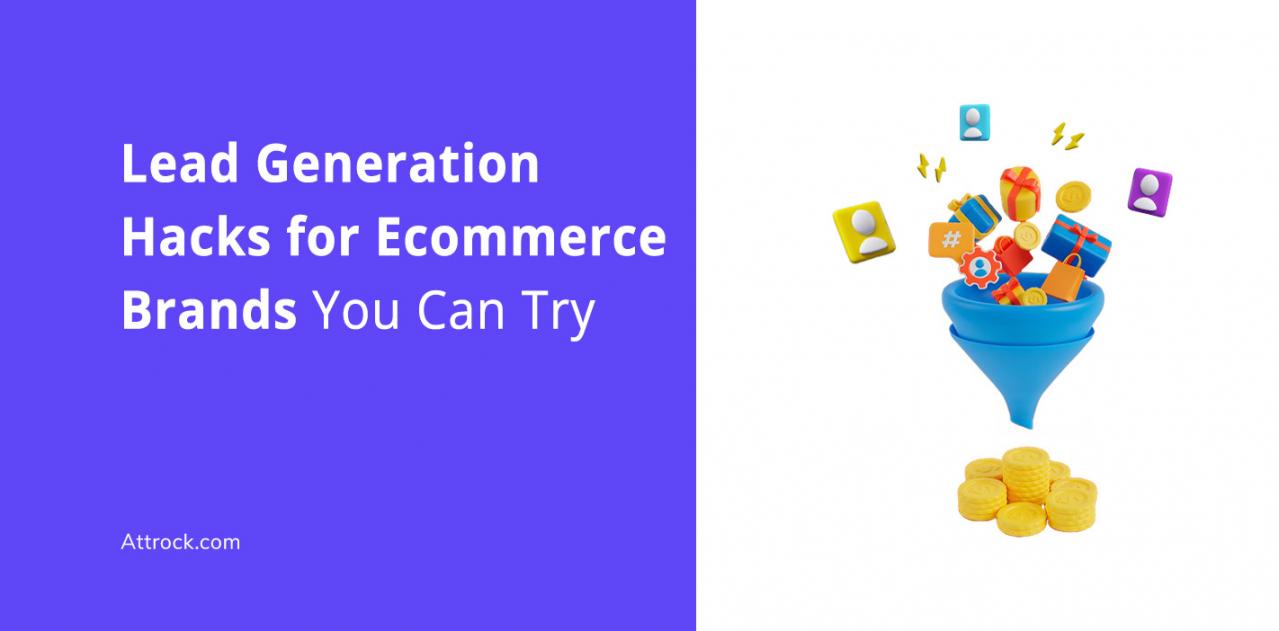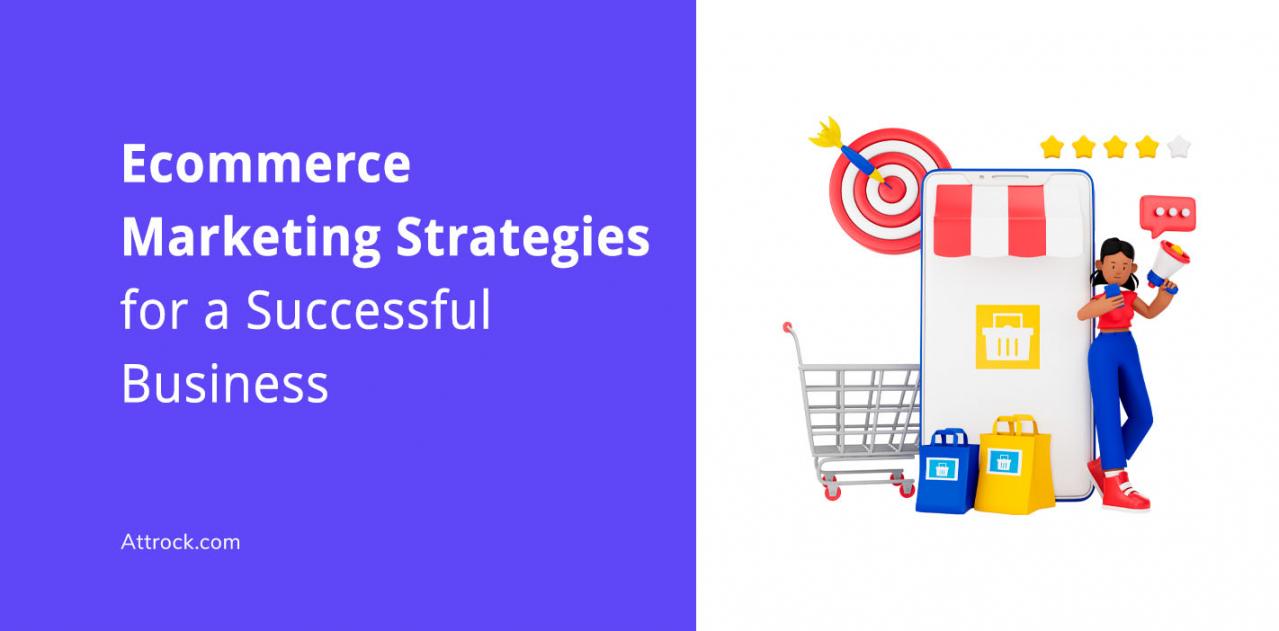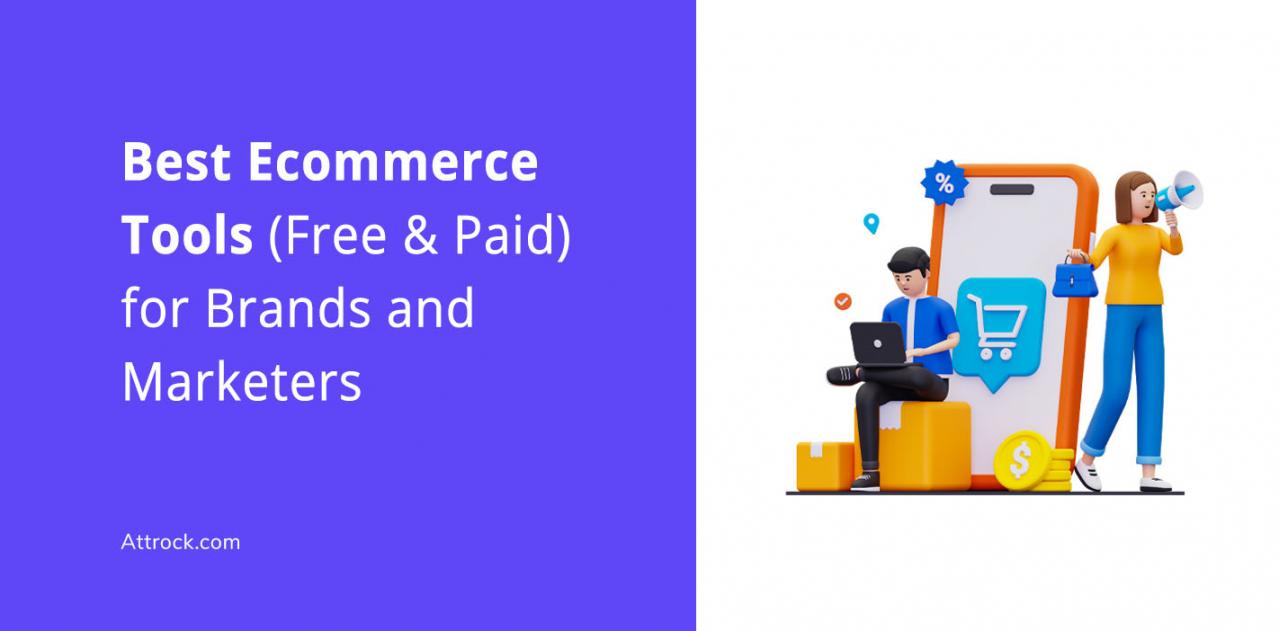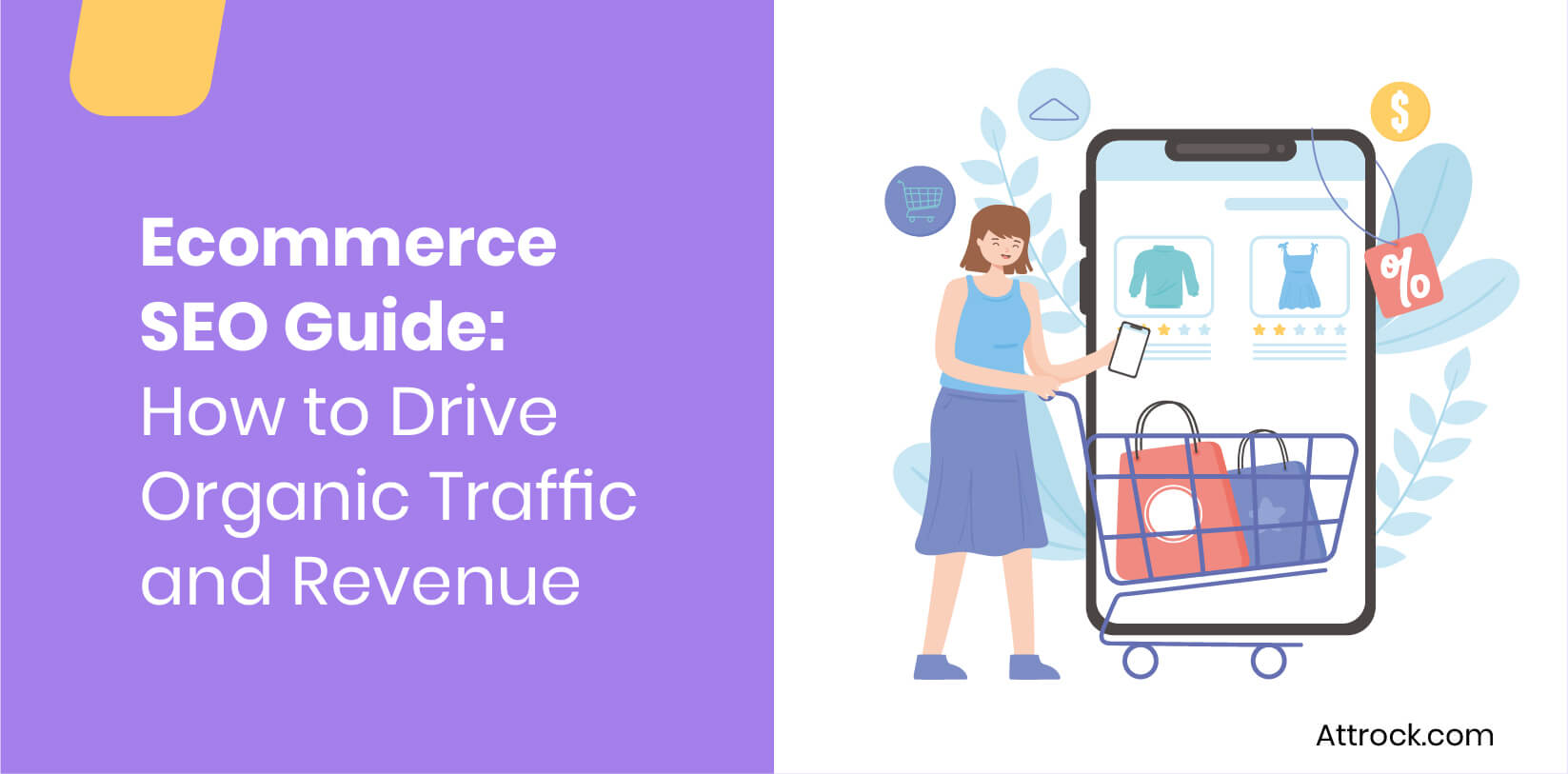There are more than 26.5 million ecommerce sites in the world and the industry is worth trillions. Just in the last five years, the industry has seen a phenomenal growth of 204%.
While this is exciting for ecommerce business owners, this also means that the ecommerce landscape has become extremely competitive. Businesses can't afford to commit any ecommerce marketing mistakes if they want to avoid revenue loss.
To put this into perspective, the cart abandonment rate was a staggering 70.19% in 2023. This indicates heavy revenue leakage, and businesses must take action to fix any mistakes in their ecommerce marketing strategy.

Image via Statista
As overwhelming as it sounds, you can streamline your efforts if you understand the pitfalls well and learn to avoid them successfully.
In this article, we’ll discuss the top 13 ecommerce marketing mistakes that can hinder your business growth. We’ll also include some expert suggestions to help you avoid these common mistakes.
Let’s get started.
Table of Contents
Ecommerce Marketing Mistakes That Could Ruin Your Business
Here are the most common ecommerce marketing mistakes you need to stay clear of.
1. No Marketing Plan for Your Online Store
Planning is one of the foundational needs of ecommerce marketing.
However, most marketers fail to make a plan before starting their ecommerce online store, a fatal mistake that could lead to a shutdown.
But what makes this one of the fatal ecommerce marketing mistakes?
You cannot just start an ecommerce business without identifying the products you will sell and whether there’s a market for them.
What’s more?
You end up spending money randomly on promotions and advertising tactics that don’t deliver returns.
What should your ecommerce business plan entail?
- Will you sell services or digital or physical products?
- What niche will you concentrate on?
- Where will you get financial resources?
- What physical resources do you need? (e.g., camera, website, shipping supplies, packaging material, etc.)
- How will you deliver?
- What are your ecommerce business goals? Where should your business be five years from now?
- What do competitors do differently?
- Is there a gap you can fill in the market?
Then, once you have these details noted down, validate your idea. Not validating is also one of the ecommerce marketing mistakes that could lead to business failure.
Test out your product or service in the market and see whether you’ll get a potential customer. Secondly, get a feel for your product and see whether there are potential problems you need to fix before launching your store.
2. Clueless of Your Target Customers
When you make your ecommerce website, you need to know who your target audience is.
It doesn’t matter whether you host your ecommerce business on marketplaces like Amazon or ecommerce platforms like Shopify or ShopBase. Identifying your ideal customers must rank first among the top priorities for your business.
And while this is the most important aspect of any form of marketing, it’s one of the very common ecommerce marketing mistakes.
But why focus on target audiences?
Many brands already have a presence online, and cutting through the noise can help you stand out and grow your website traffic.
But if you don’t know your potential customers, you’ll never know who you’re marketing to. As a result, you won’t tailor your content to their requirements.
Worst of all?
Not knowing your audience is one of the ecommerce marketing mistakes that could waste resources and your budget.
So, you must define your target audience based on their demographics, geographics, and psychographics.
3. Inconsistent Digital Marketing Brand Voice
As your business grows, it’s relatively easy to get caught up in managing its operations. It’s one of the very common ecommerce mistakes that affect even brick-and-mortar business owners.
However, when this happens, your brand voice may turn out diluted or irregular at times.
And guess what?
Losing or diluting your brand voice can dampen your buyer’s trust and make you lose customers.
On the other hand, when a customer trusts your brand, they are more likely to buy from you even when your products sell at a higher price.

Image via Edelman
That’s why it’s essential to avoid ecommerce marketing mistakes that ruin your customer trust.
Instead, develop a brand voice guide and share this with all your employees. By doing so, you can ensure that your brand voice will remain consistent across multiple channels.
Remember, your brand voice speaks about your brand persona, so make sure it’s consistent at all times, as it’ll help you build your brand image. Engaging PR services can effectively elevate your brand image by creating positive narratives and strengthening your connection with your target audience.
4. Poorly Written Copy
Do you know what makes poorly written copy one of the ecommerce marketing mistakes you should try to avoid?
Powerful copy can ensure you attract potential customers and convince them to buy from you.
However, if you’ve not written compelling product descriptions, it’s likely that your website visitors may not understand what the product is all about.
Similarly, your ad and website content should be on point as well. These speak volumes about your brand too.
What’s the best way to handle your ecommerce copy?
You can try out the Problem, Agitate, Solution (PAS) formula.
You can first describe the problem that your prospects might be facing, then use an emotional tone to further agitate the prospects before providing the solution.
But there’s more to poor copy.
Poor product descriptions are another one of the many ecommerce marketing mistakes that could lead to a loss of sales.
If you write a poor product description, you won’t properly explain the benefits of a product and why a potential buyer should purchase it.
In that case, you need to properly describe the features, benefits, and specifications using relevant content.
Your descriptions should also contain social proof in the form of testimonials and product reviews. This allows you to leverage third-party recommendations to further convince your target customers to convert.
Additionally, you should optimize the copy you come up with for search engine optimization (SEO). This can help you rank higher on relevant searches and attract quality traffic to your website.
Additionally, if you create a great blog, it can also help you with link building.
5. Unoptimized for Mobile
Mobile devices are the go-to choice for ecommerce shopping today. A Statista report says that about 60% of ecommerce sales come from mobile devices.
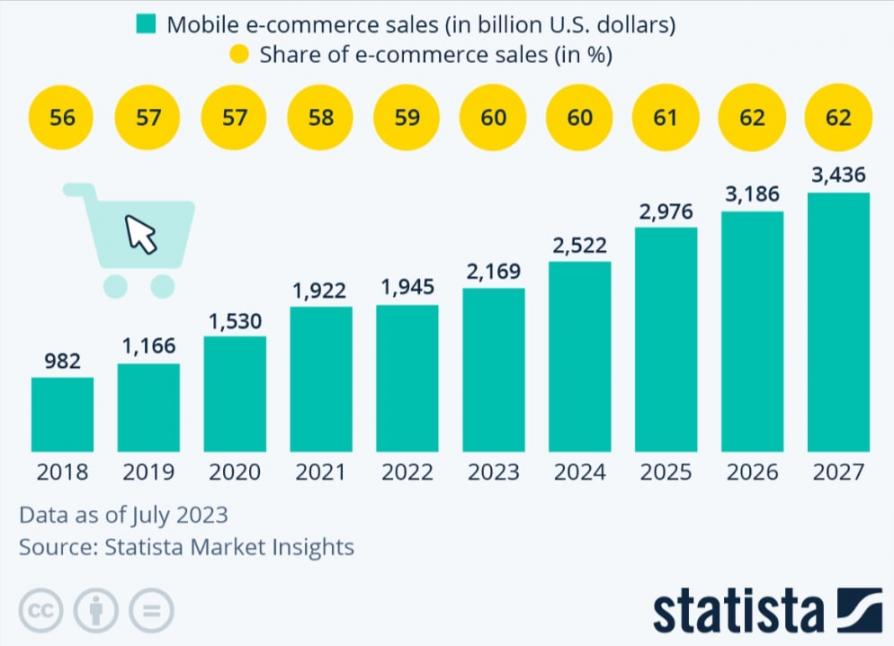
Image via Statista
Therefore, it’s critical to ensure that you optimize your store for mobile devices. One of the top ecommerce marketing mistakes that you can make is leaving your website as-is.
Unoptimized mobile websites can lead to a poor shopping experience for mobile users, and you may lose out on a big chunk of your customers due to it.
To mitigate this, you can use free website builders to develop a responsive website that delivers a smooth browsing experience to your site visitors to effectively increase ecommerce sales.
But how do you check for responsiveness?
Google’s Mobile-Friendly Test Tool is the key.
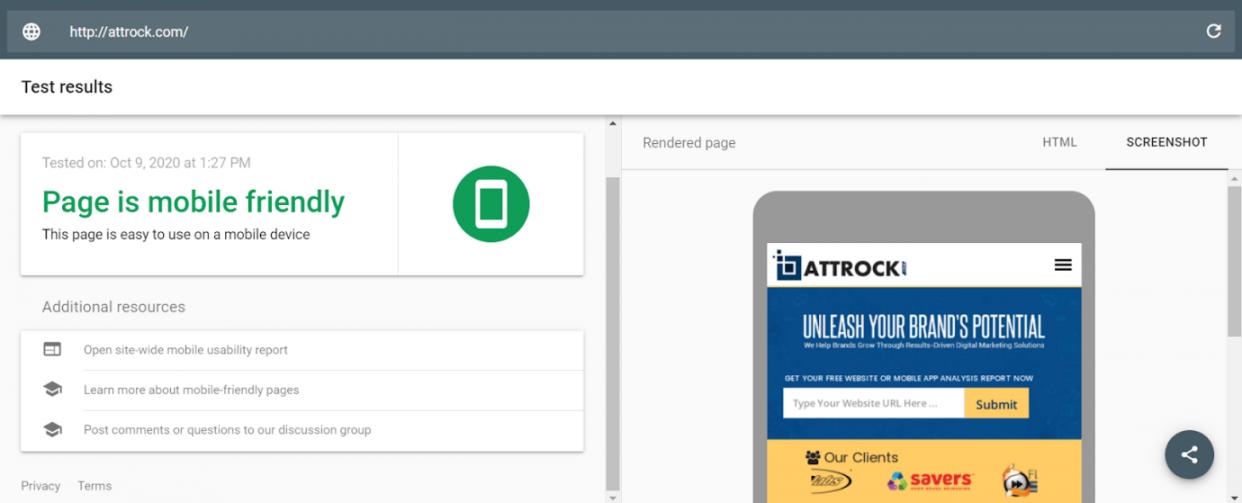
Image via Google’s Mobile-Friendly Test Tool
6. Overlooking User Experience
With many ecommerce stores penetrating the market, it's becoming harder to stand out and convince prospects to shop from you.
If you don’t provide a smooth shopping experience, your business suffers from one of the ecommerce marketing mistakes that hurts your chances of attracting customers.
For this reason, you need to ensure that your website’s layout makes it easy for your prospects to find their products. Also, you should improve your page loading speed to reduce the chances of them bouncing away from your website.
In fact, the websites that load in 1 second have 3X higher conversion rates than those sites that take up to 5 seconds to load. This makes page loading speed necessary for conversion rate optimization.
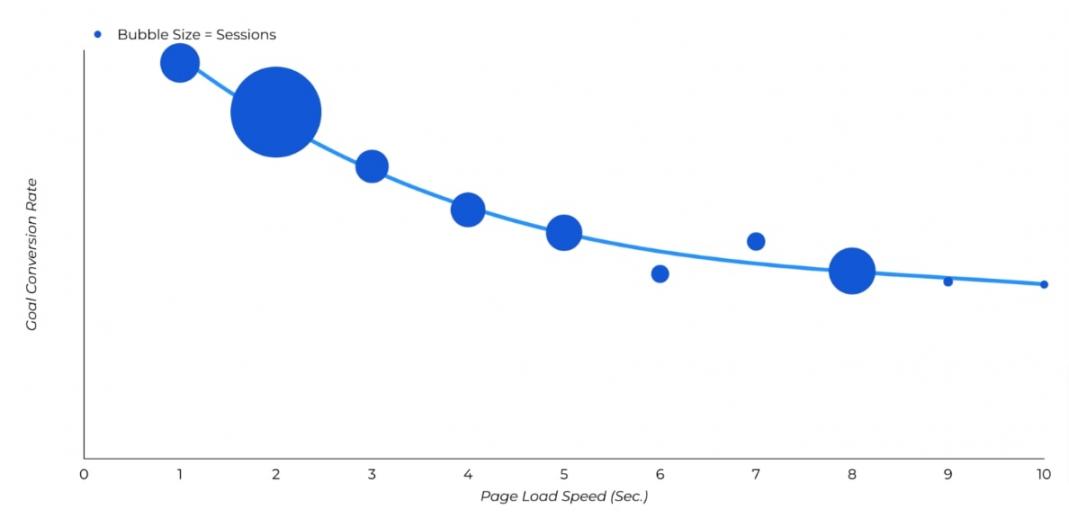
Image via Portent
And how can you test load speed?
You can test your current page loading speed by using tools like PageSpeed Insights.
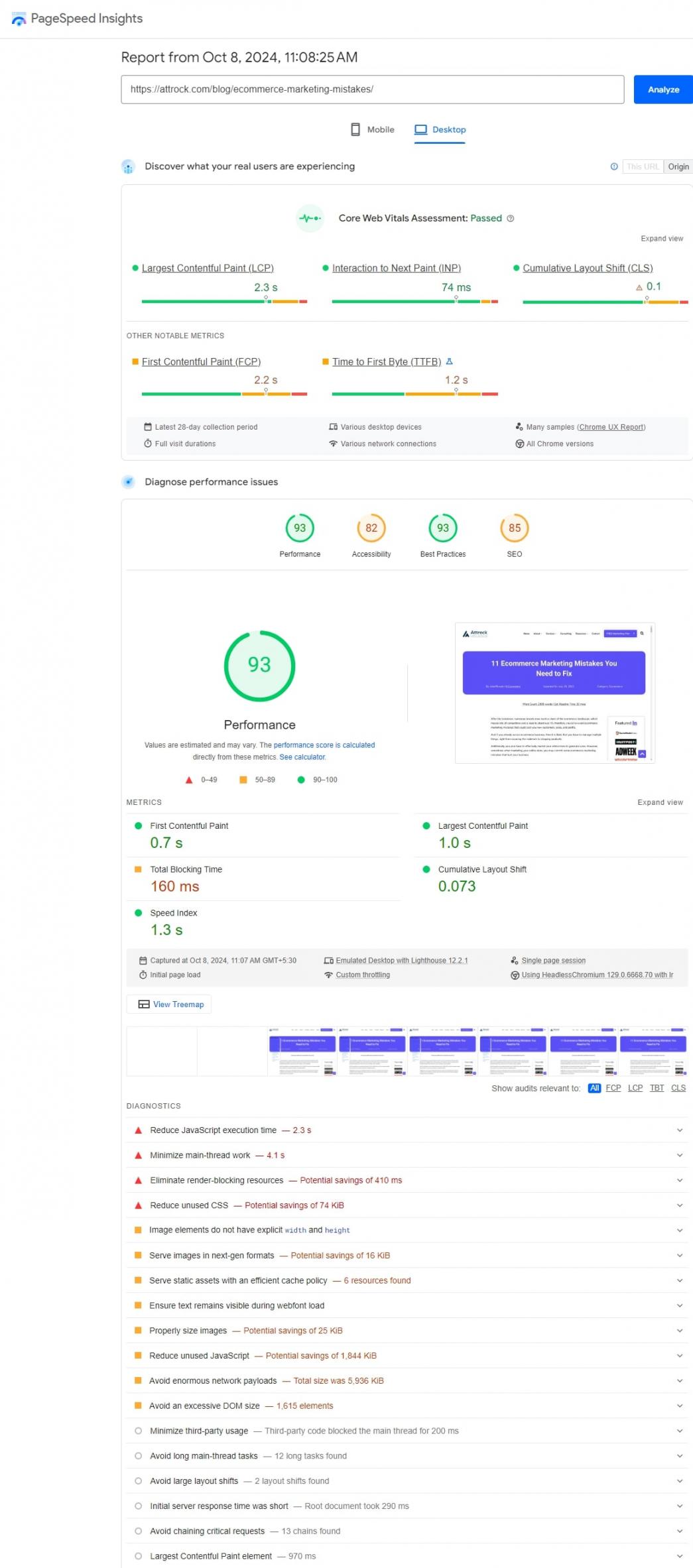
Image via PageSpeed Insights
Remember, having a fast loading site with a simple, pleasing design, high-quality images, and great product descriptions can go a long way in improving your site's overall user experience.To make photos load faster on your website, consider compressing images without sacrificing quality and using modern formats like WebP for better performance.
Next, don’t forget to take care of one of the most common ecommerce marketing mistakes – not offering seamless checkout.
According to a Statista report, some of the top three reasons for cart abandonment include very high extra costs, the need for an account, and an unsafe payment gateway.
Additionally, issues like slow delivery, complicated checkout process, and lack of clarity on total cost lead customers to abandon their carts.
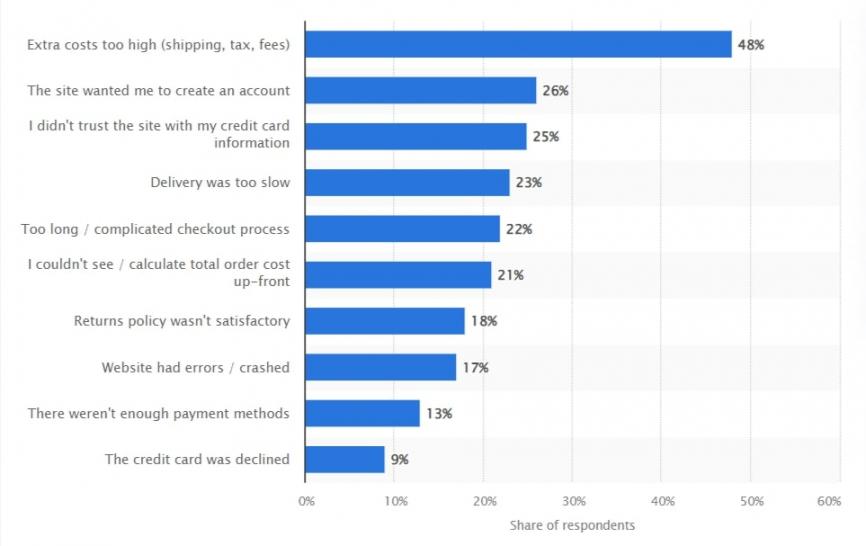
Image via Statista
As you've noticed, most of these problems revolve around the checkout process. And not ensuring visitors have a seamless checkout process is one of the common ecommerce marketing mistakes you need to avoid.
But how can you fix your checkout page?
- Reduce form fields
- Include trust badges
- Include product summary at checkout
- Allow multiple payment methods
- Provide free shipping
- Offer discount codes
- Enable visitors to remove or update product quantity
- Indicate approximate shipping dates
- Allow for guest checkout
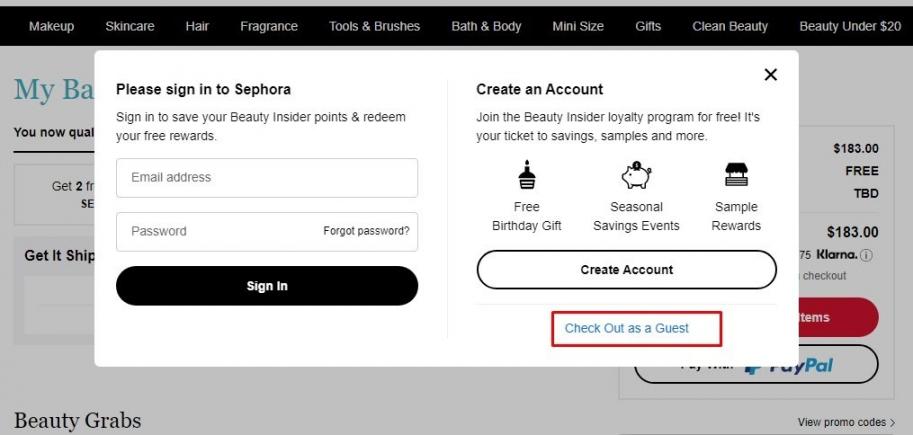
Image via Sephora
7. Failure to Segment Email Subscribers
If you have a large number of email marketing subscribers, that is excellent news.
Chances are people who signed up to receive emails from you actively engage with your brand. As a result, their willingness to buy from you might be greater too.
However, if you don’t segment them and place them in one endless list, you might not send personalized product recommendations.
Failure to segment email marketing leads is one of the common ecommerce marketing mistakes that could lead to poor customer experiences. This is because you end up sending blast emails to everyone or failing to send messages that guide your leads to conversions.
However, if you segment your email subscribers, you can customize your emails for them, and this can deliver higher open rates, lower opt-outs, more sales, and better revenue. Utilizing effective email marketing tools can help streamline this segmentation process.
8. Not Having a Content Strategy
One of the most budget-friendly ways to boost your traffic and conversion rates is through content marketing.
However, one of the biggest ecommerce marketing mistakes most marketers suffer from is not having a strategy to guide their content marketing activities.
Publishing high-quality, engaging, and valuable content helps improve your ecommerce SEO and drive more traffic to your site, which ultimately drives more revenue.
Additionally, it helps position your brand as an authority figure in the industry and boost brand trust.
To do this effectively, you need to have a content strategy to help you better plan and distribute your content.
9. Forgoing a Multi-Channel Approach
Understanding the customers and staying in touch with them is far more important for ecommerce success than ever before. According to a report, 76% of marketers agree that personalized customer engagement is critical.
In the same report, nearly half of the marketers agreed that multi-channel communication is the key to improving custom communication.

Image via Twilio
Therefore, not leveraging multichannel online marketing is one of the ecommerce marketing mistakes that could affect your reach, sales, and ROI.
But what does multichannel mean?
Having a multi-channel marketing approach means that you’re reaching out to potential and existing customers across multiple channels. It doesn’t matter whether they’re on mobile, email, or a social media platform, your brand will engage with them everywhere.
But this doesn't necessarily mean that you have to be everywhere.
Focus on the channels where your audience is the most active. This can help you reach more of your target audience with ease.
10. Lacking an Omnichannel Strategy
Can your customers move seamlessly from one channel to another as they go through their purchase journey?
If not, then your brand becomes a victim of one of the ecommerce marketing mistakes that could cost you sales.
With omnichannel marketing, you foresee the possibility of your customer starting their search on one channel and progressing to another before making a purchase.
Implementing an omnichannel approach can protect your brand from one of the common ecommerce marketing mistakes.
Not delivering a consistent brand experience across channels and failing to meet a customer where they are.
So, how do you fix this mistake?
Let’s start with an example.
Let’s say you sell grills.
While browsing his phone, John sees that his friend purchased a grill from your site and clicks on the link to see it. However, he has a meeting to rush to and drops the search.
When he gets home, he visits your store from his desktop machine at home, and your site pops the grill as a recently viewed item. He checks out other grill options and then decides to visit your physical store the next day.
Once he arrives, the salesperson gets a ping of the grill he was searching for and offers John a personalized experience that leads to a sale.
But you don’t stop there. You offer to ship the grill and allow John to track the shipping process. After arrival, John gets a call from the customer care team asking if he got exactly what he ordered.
A few days later, John has a question about the grill, and since the customer care rep knows exactly what he ordered, she gives him a detailed explanation for the specific grill.
That’s omnichannel.
But you can not make this possible if you don’t understand what channels your audience use and how they go through their purchase journey.
What’s more?
Offer customer support across channels, integrate technology, leverage automation, and always test out your omnichannel tactics.
11. Failure to Analyze Marketing Strategy Results
It may come across as strange, but tracking ecommerce success is not dependent on the total sales you get each day.
In fact, having this thought process is one of the ecommerce marketing mistakes that could lead to analyzing the wrong data.
What does it entail?
Analyzing ecommerce performance is actually about having a thorough understanding of all your online marketing strategies. If you don’t analyze your results, you won’t know where you stand.
And if you want to optimize your results, you need to know where you’re going wrong. For this, it’s critical to leverage web analytic tools that track performance and help you gain deeper insights into customer behavior and site effectiveness.
For instance, using Google Analytics, can help you track your items, transactions, and which channels help you generate sales.
12. Ignoring the Value of Trust Signals
The ultimate goal of your ecommerce marketing efforts is to win the trust of your customers. To establish brand loyalty and boost customer retention, it’s essential to have multiple trust signals on your ecommerce website.
Trust signals encourage website visitors to spend more time on the site, explore your products, and even go on to make a purchase. Neglecting these trust signals could be one of the most expensive ecommerce marketing mistakes a brand could commit.
Some of the important trust signals that customers look for in an ecommerce website include:
- Star ratings
- Site seals for authenticity
- Safe payment badge
- Fast delivery tags
- Social proofs and ratings
- Transparent return policy
- User-generated content like images and videos
- Influencer reviews and videos
Customers always look for recommendations from other buyers before making a purchase. When such trust signals aren’t available on certain products or vendors, customers tend to stay away from them.
Similarly, ignoring to address negative comments and reviews is one of the common ecommerce mistakes that some brands commit. These can act as red flags for your potential customers, driving them away from your store.
13. Choosing the Wrong Ecommerce Platform
Before we conclude our list of the most common and fetal ecommerce marketing mistakes, here’s the last one. Every ecommerce business requires a good ecommerce platform to set up an online store. Choosing the wrong platform can negatively impact your store design and performance.
What do we mean by choosing the wrong ecommerce platform, you ask?
While all service providers claim to offer a wide range of features, there are several elements that you could easily miss. Some of them could have hidden costs. Others may have issues like difficulty in upgrading, insecure payment gateways, or even a lack of customization options.
This is why you should conduct proper research before choosing a platform that addresses your needs. Opt for one that prioritizes performance and security to deliver a top-notch user experience.
This is essential when you start an ecommerce business. It helps ensure that you have a solid foundation for growth and success in a competitive online marketplace.
FAQ
Q1. What is the best way to successfully market an existing ecommerce site?
A. The following are ecommerce marketing strategies you can use to promote your ecommerce store:
- Marketing automation
- Retargeting
- SEO
- Content marketing
- Reviews and testimonials
- Social media marketing
- Google Ads
For an in-depth look at each of these tactics, check out this post on ecommerce marketing strategies.
Q2. What are ecommerce marketing mistakes?
A. Ecommerce marketing mistakes to avoid include:
- Not knowing your ideal customer
- Inconsistent brand voice
- Poorly written copy
- Not optimizing for mobile
- Overlooking customer experience
- Not segmenting email subscribers
For more of these ecommerce marketing mistakes and how to avoid them, check out the post above.
Q3. What is the difference between ecommerce marketing and ecommerce advertising?
A. Ecommerce marketing involves leveraging promotional tactics to drive awareness and action to online stores. With this practice, you leverage online and offline tactics to drive traffic to your store, convert visitors and retain them after purchase.
Ecommerce advertising involves disseminating paid messages that help you promote your online store. With this strategy, you pay for impressions, placement, clicks, etc., on advertising sites like Google, social media platforms, other websites, traditional advertising properties, etc.
Q4. Why is audience segmentation a key factor in avoiding ecommerce marketing mistakes?
A. Audience segmentation is crucial in preventing ecommerce marketing mistakes because it enables targeted campaigns that resonate with customers. As a result, this approach improves engagement and boosts sales.
Q5. How does poor product description relate to ecommerce marketing mistakes?
A. Poor product descriptions are a common ecommerce marketing mistake that can lead to:
- Customer confusion
- Reduced trust
- Lower conversion rates
Q6. What problems does ecommerce solve?
A. Problems ecommerce helps solve include:
- Reach limitations
- Slow buying process
- Pricy advertising
- Lack of flexibility for the customer
- High costs of rent utilities, etc
- Availability
Q7. What is the biggest challenge for an online business?
A. The biggest challenge online businesses face involves planning.
Most online businesses fail to create a growth plan since they don’t understand their audience and don’t know the best way to reach them.
They fail to choose the best promotional channels depending on their business type, audience, and budgets.
Q8. Why do ecommerce ebusiness sites fail?
A. Some of the ecommerce marketing mistakes that could lead to business failure include:
- Selling the wrong product
- Poor audience research
- Poorly written copy
- Failing to optimize for mobile
- Poor user experience
- Using the wrong promotional channels
- Lack of an omnichannel presence
- Failure to track performance.
Q9. How does ecommerce help customers?
A. Ecommerce benefits to the customer include:
- Simplicity and comfort
- Access to a wide range of options
- Low prices
- Time-saving
- Ability to compare prices
- 24/7 availability
Q10. What percentage of ecommerce businesses fail?
A. According to research, 90% of ecommerce stores fail within the first 120 days.
Ready to Grow Your Ecommerce Business?
When you’re building an ecommerce website, it’s essential that you avoid these ecommerce marketing mistakes. Poorly written copy, inconsistent brand voice, and badly designed websites can lead to great bounce rates.
Additionally, other ecommerce marketing mistakes include not segmenting your audience well and having a well-designed content strategy in place.
Lastly, make sure you analyze your results to figure out what’s working and boost conversion rates.
Do you have any questions about the ecommerce marketing mistakes mentioned above? If so, let us know in the comments, and we’ll resolve them.




